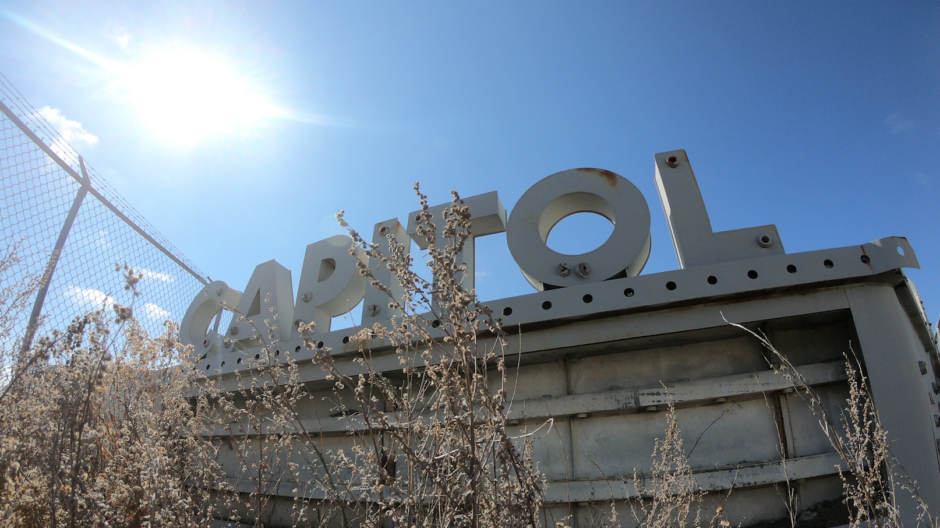May 11, 2019
This is the last act of a three-part story about the life, death and legacy of Saskatoon's Capitol movie theatre. Click here for Part 1 and here for Part 2.
In 1981, a full two years after the demolition of the Capitol — Saskatoon's largest movie theatre for half a century — Bill Sarjeant, his wife Peggy and others who had worked to save the Capitol strode past the site in a funeral march.
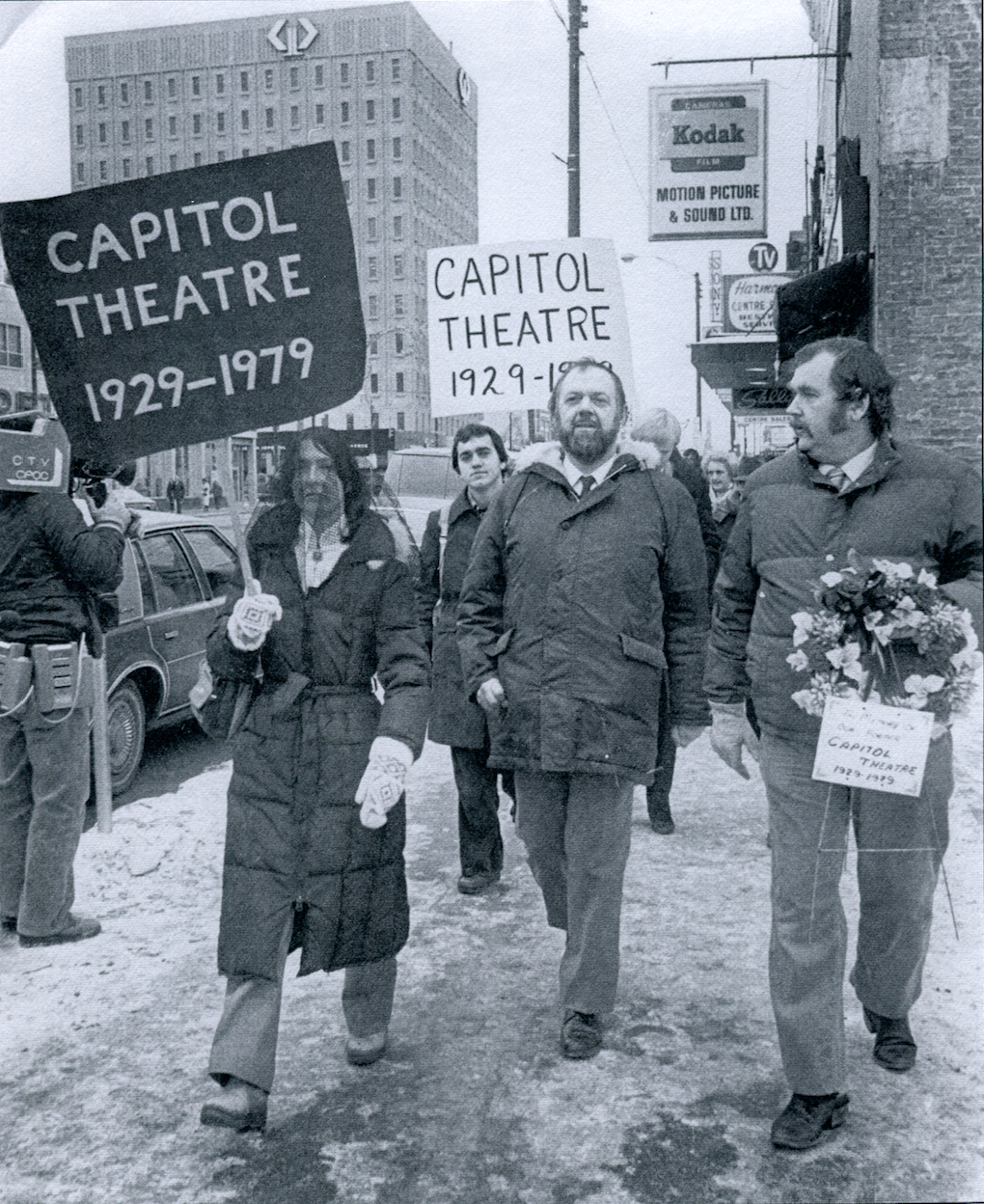
PEGGY SARJEANT (Saskatoon Heritage Society president): It's very embarrassing now to look at that. [But] we felt that people needed to remember what had happened.
Act Three: Scattered Pictures
Princeton Developments, which had torn the beloved Capitol theatre down, blamed the lack of immediate site activity on “sky-high interest rates,” while friends of the Capitol bristled.
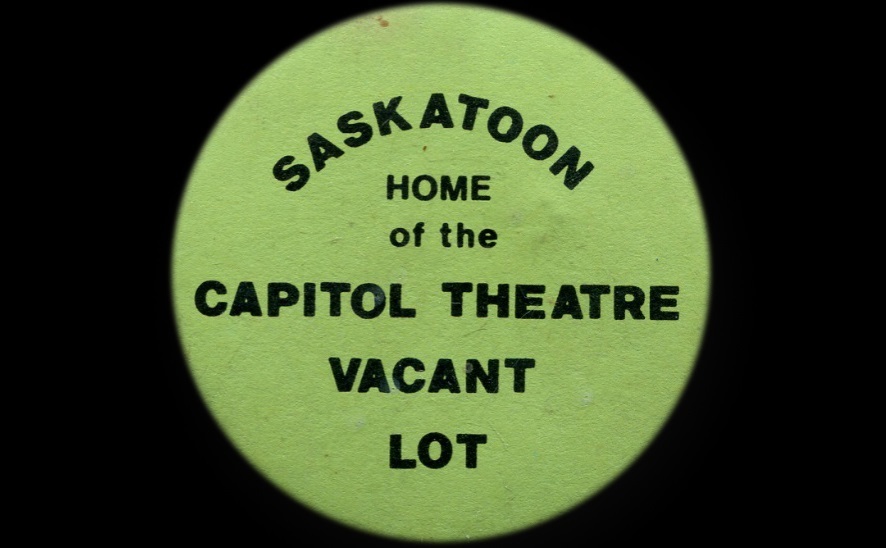
Over whiskey at The Ritz hotel, Don Kerr wrote an angry poem called “Capitol Punishment”:
I
demolition began
first thing in the morning
before our eyes were open
II
in quiet corners of the city
slight tremors were recorded
my heart skipped a beat
an old house began to cough
a street looked round
is there something missing?
a faint dust rises
from the heart of town
[Watch below: Don Kerr reads more of his poem, 40 years later.]
Asked today what he thinks of the Scotia Centre mall and tower, which was finally built in 1985, the 82-year-old Kerr doesn’t mince words, calling it a “piece of shite.”
MILDRED KERR (Don Kerr’s wife): [He] never got over it, really.
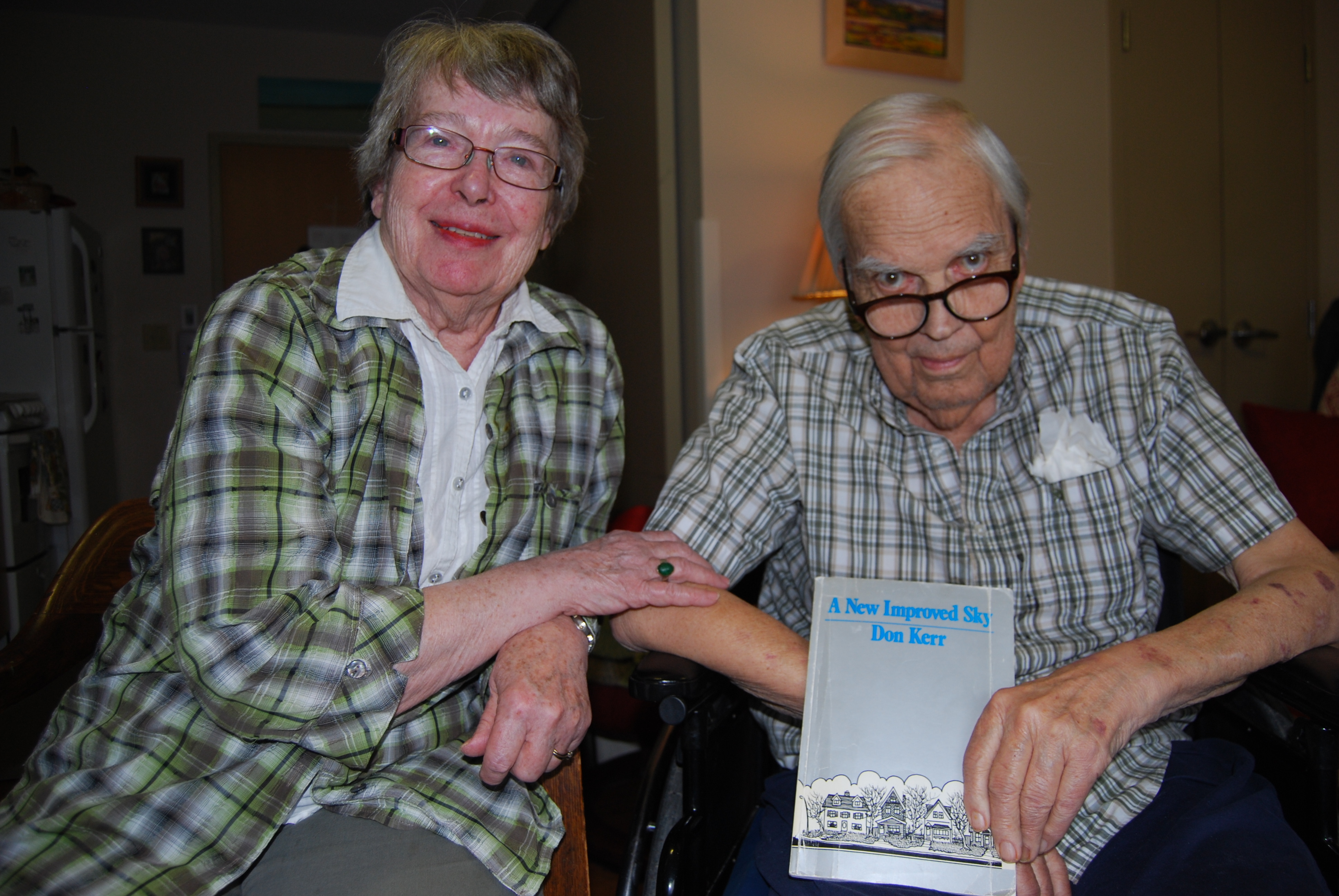
SKIP WRIGHT (moviegoers): I was at Mayor Cliff Wright’s funeral in 2014 — no relation, but a dear friend — and it was mentioned in his eulogy that one of his regrets was that he didn’t prevent the demolition of this beautiful building.
As divisive as the Capitol affair was, it marked a turning point for heritage preservation in Saskatoon. A long-delayed revamp of the provincial Heritage Act came into effect in 1980, giving municipalities the power to protect buildings.
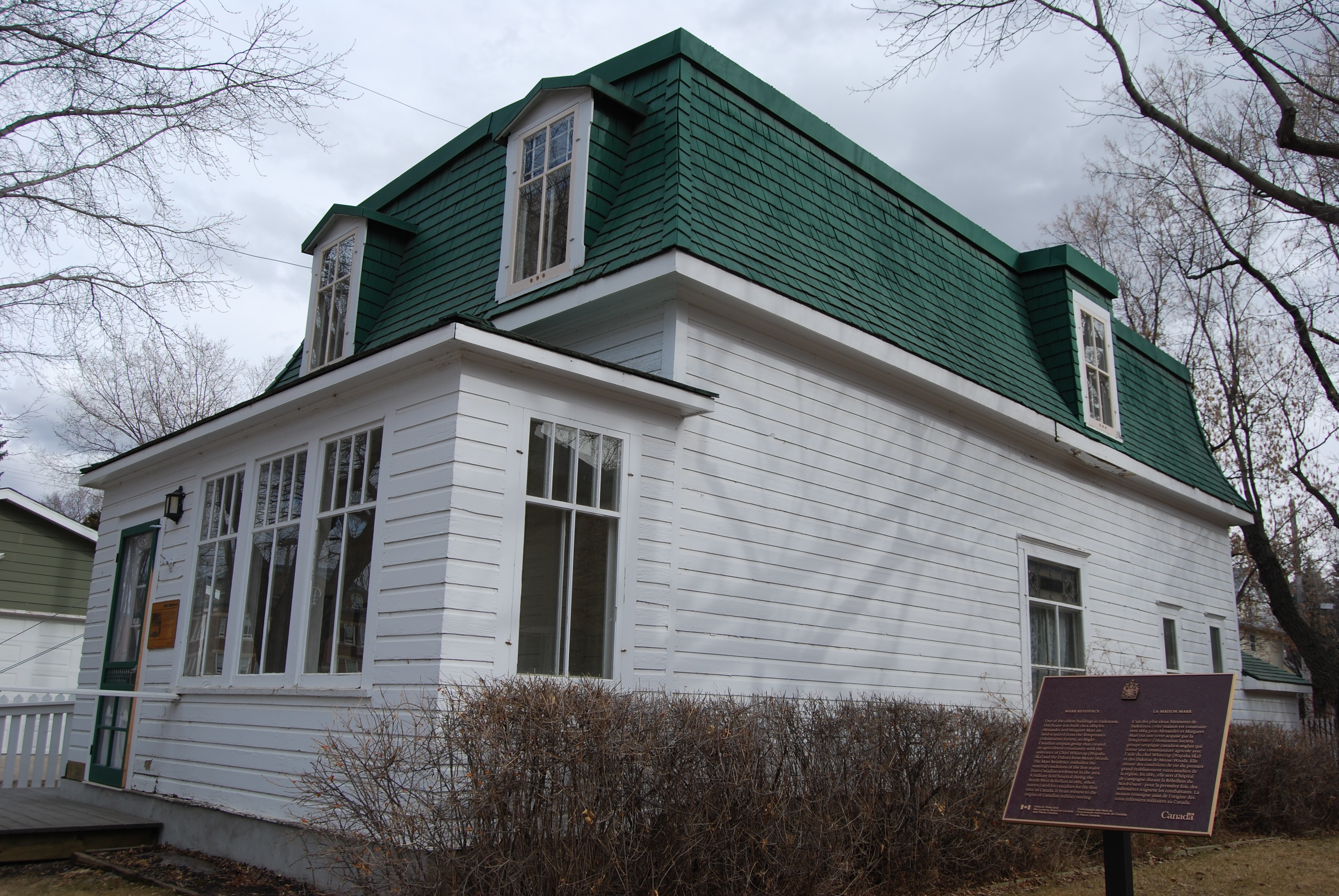
BILL DELAINEY (campaigner): The public uproar caused city council to also establish the Municipal Heritage Advisory Committee.
PEGGY SARJEANT (president, Saskatoon Heritage Society): What it did was make people realize that just because we have a short history here doesn't mean we don't have something worth preserving. It also raised the profile of the heritage society and lent credence to our work.
There’s nothing public to mark the spot where the Capitol once stood, not unless you count the public utility box located half a block away.
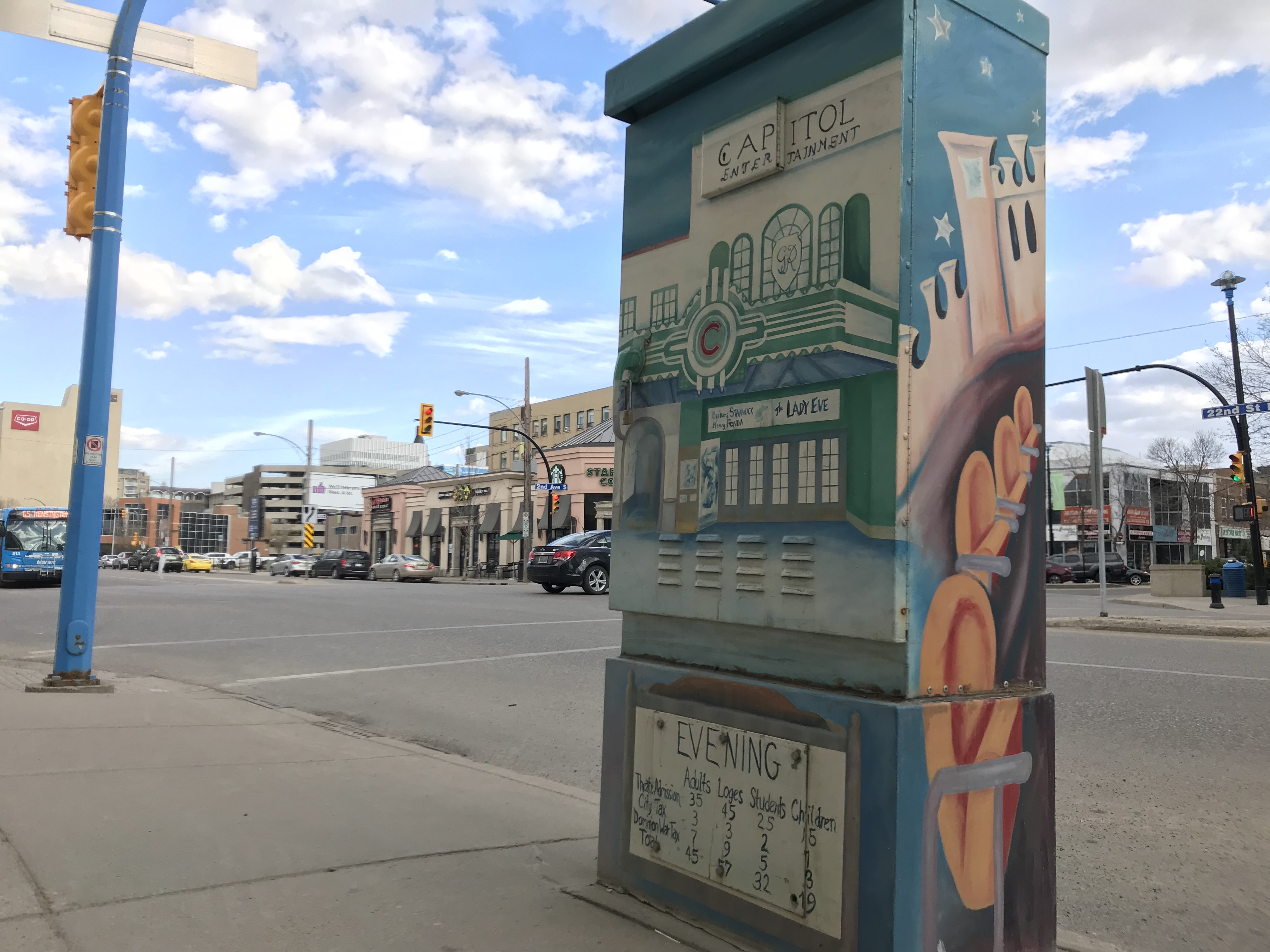
But the theatre does live on in fragments scattered all over the city. Scavengers and nostalgia hounds scoured the beloved theatre as it went down in 1979.
CLINTON BURLOCK (Capitol staffer, 1970-1979): One person stuck his head inside the front doors and grabbed a piece of board and went running out. It was just a piece of board.
DANE BROWN: I grabbed a brick as a souvenir. Damned if I can find it, though.
GREG MCKEE: I did the same!
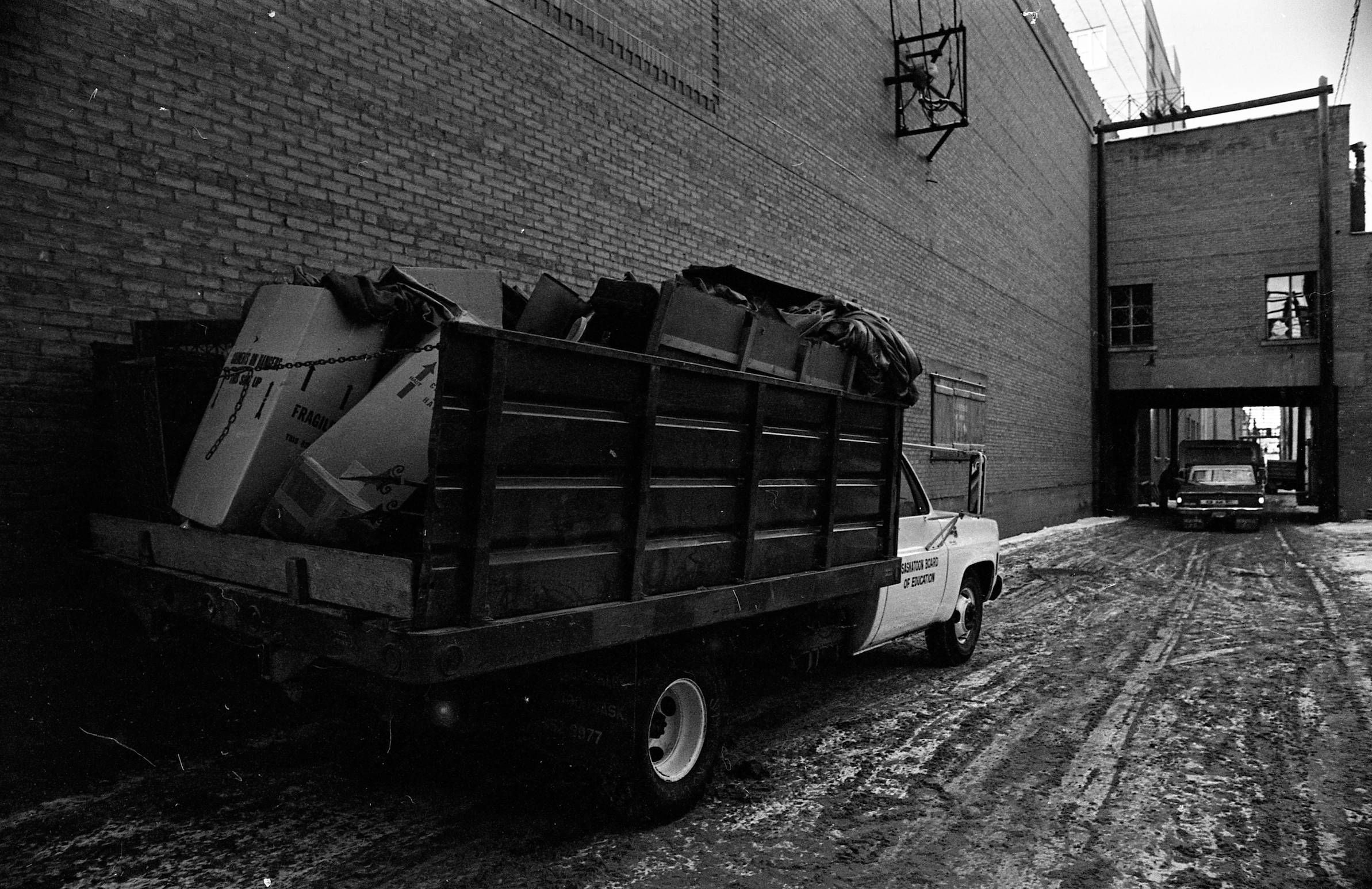
RICHARD PERRY: I drove down the alley and found piles of [the red carpeting] abandoned in the rain and grabbed a few pieces for posterity.
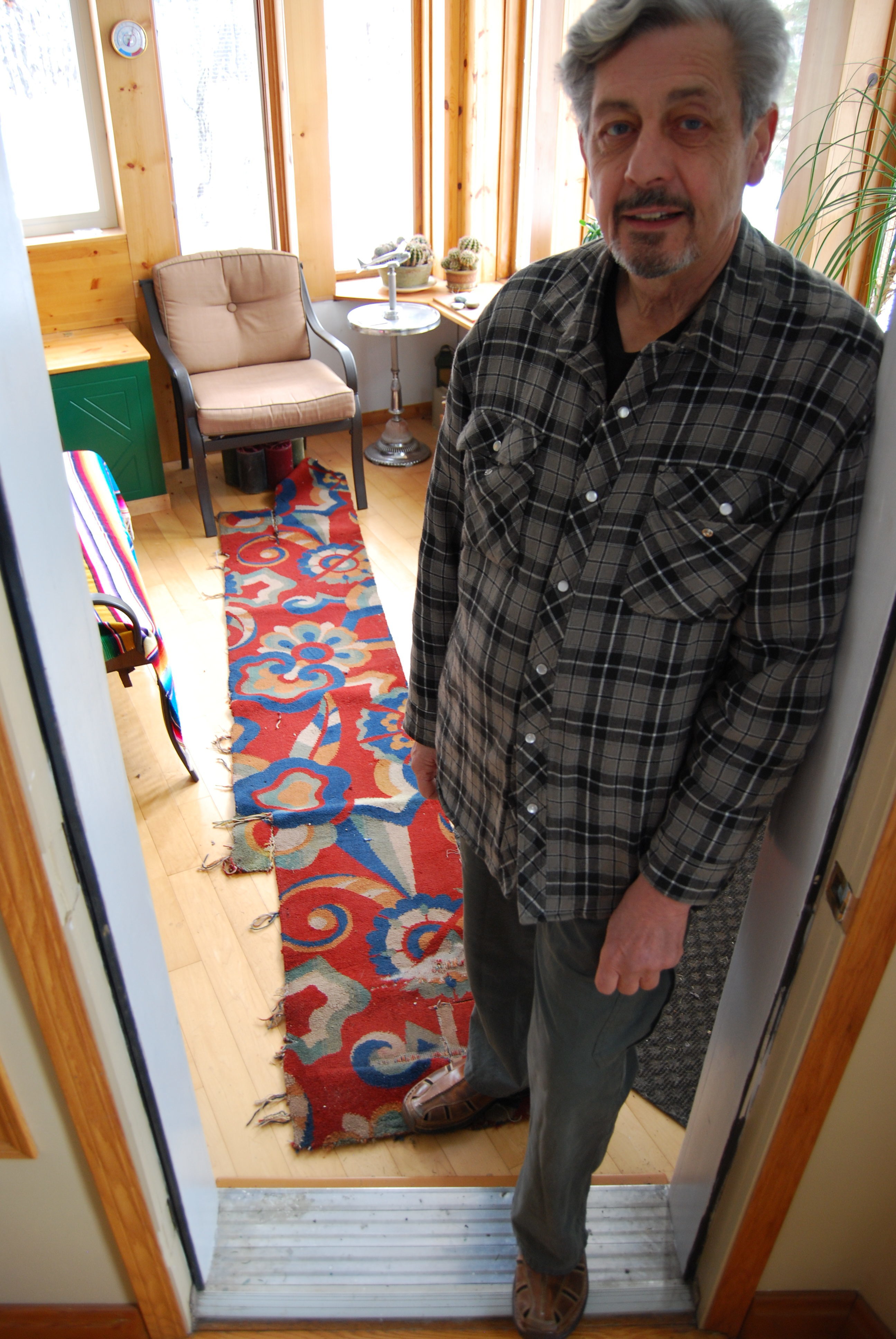
RICHARD PERRY: I gave a piece to George Kovalenko at the library’s local history room. I believe he still stands on it when doing his dishes.
GEORGE KOVALENKO: The next time you are in the local history room, on your way out the door, look up. Above the doorway is an exit sign from the Capitol.
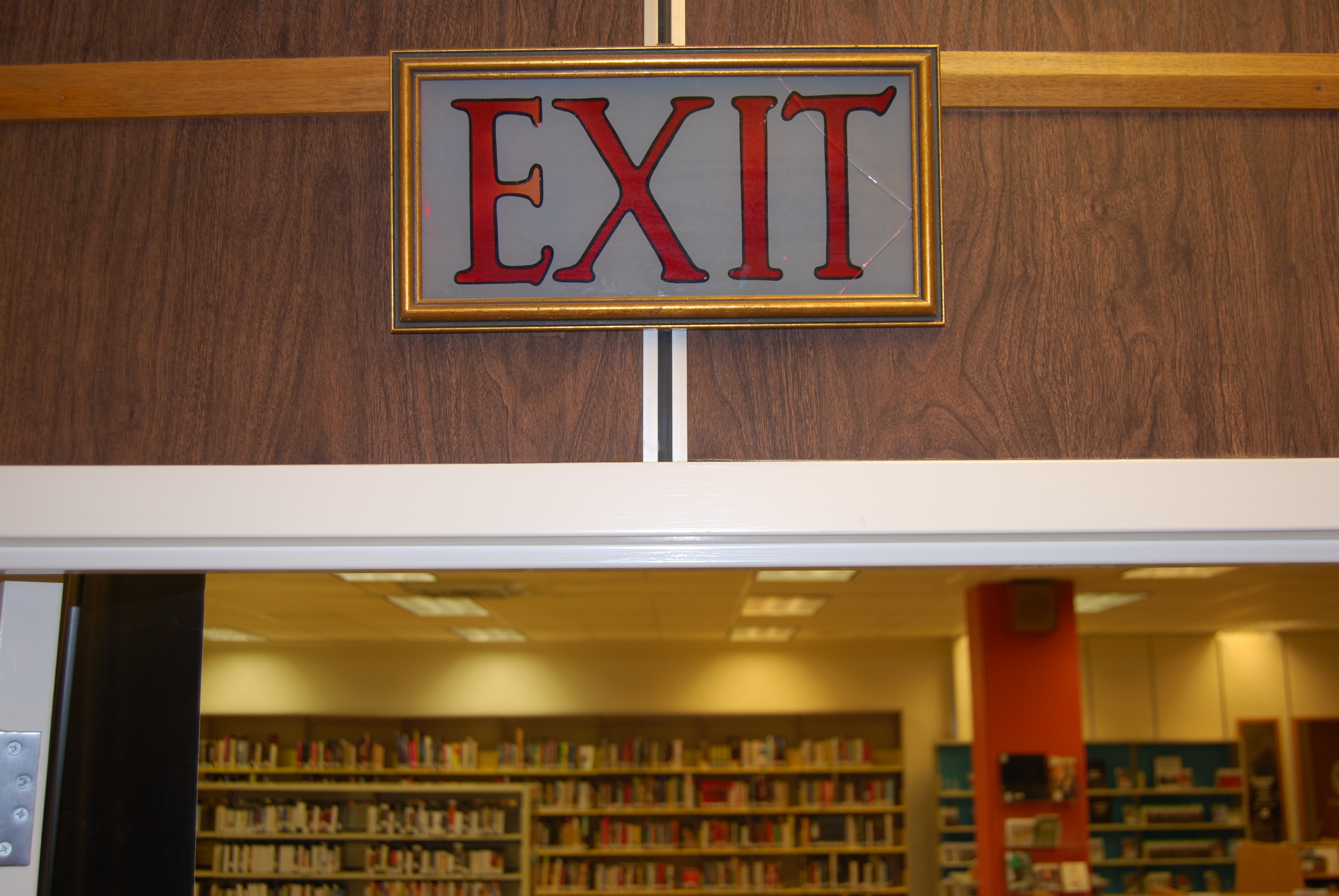
[Watch below: Five other places in Saskatoon with Capitol theatre relics.]
Some stuff earmarked for storage in a City of Saskatoon warehouse or elsewhere disappeared. The machine that used to give the effect of clouds moving over the auditorium ceiling? Current whereabouts: unknown.
Elizabeth Scott (curator, Western Development Museum): It was supposed to be donated in 1980; however, our records indicate it was never delivered to the museum.
Some of the more than 200 items stored by the city have been released for public display. Local developer Ken Achs took some lamps, staircase railings, chandeliers and other items and put them in the Hose and Hydrant restaurant off Broadway Avenue and the Thomas the Cook Restaurant on Idylwyld Drive.
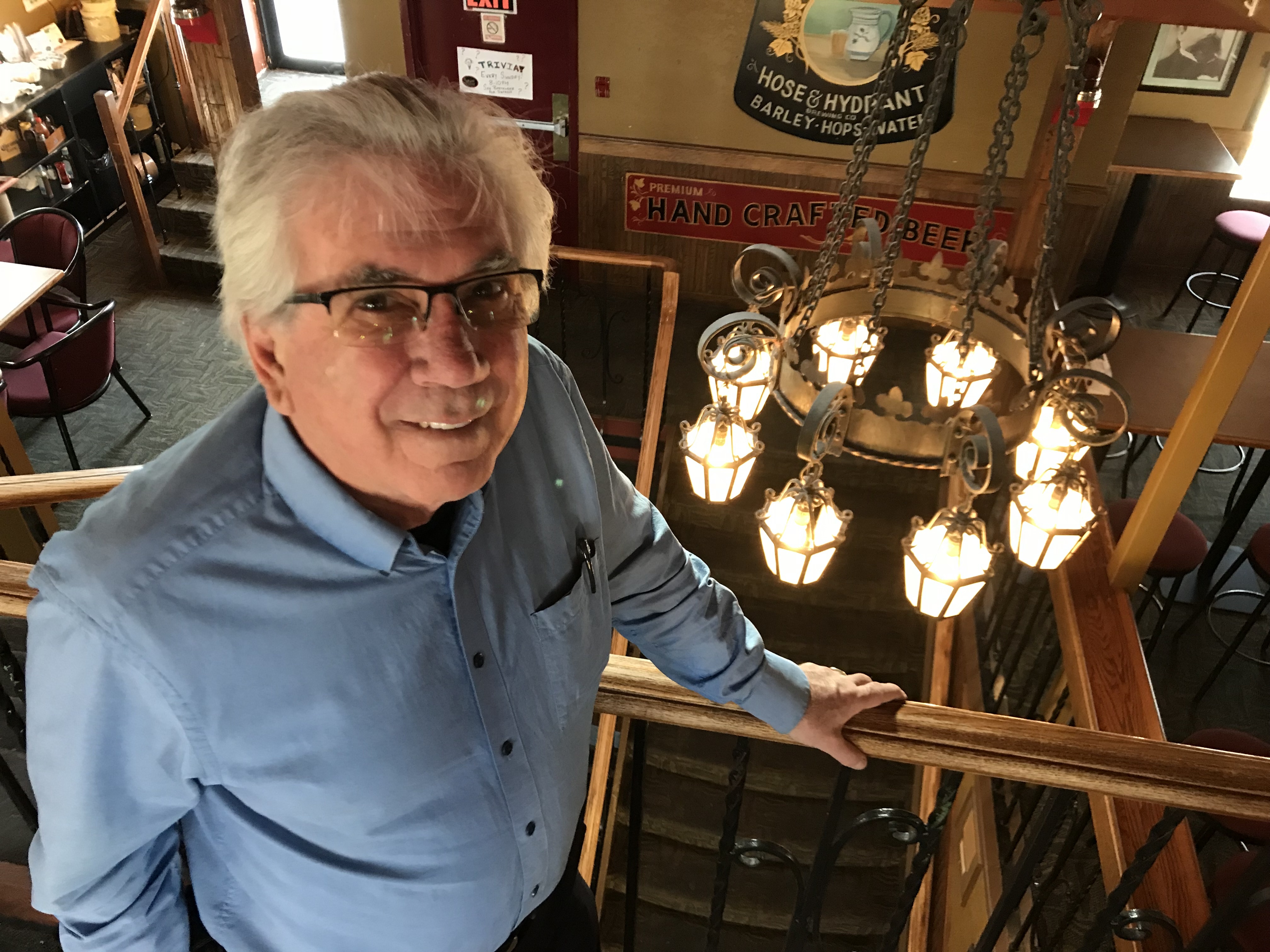
The Capitol’s massive marquee has sat, on and off, in city industrial yards over the years.
PEGGY SARJEANT (Saskatoon Heritage Society president): We are not happy with it being there but then we need somewhere to store it where it can be preserved. It's not something that the society itself could afford.
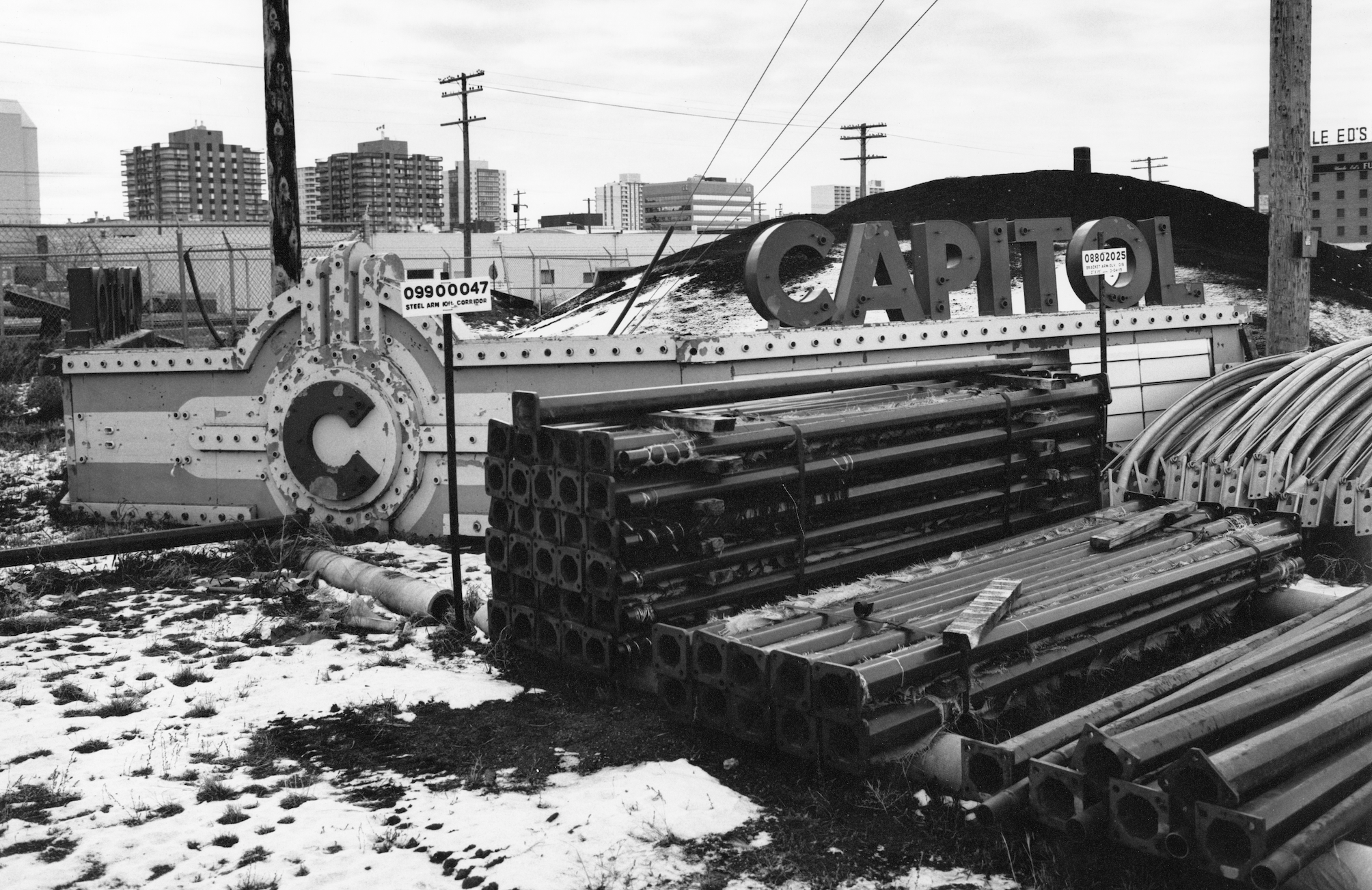
In recent years, one of two metal “Capitol” letter sets was pried off the marquee, spray painted and mounted to the stage at the Capitol Music Club on First Avenue.
Co-owner Leot Hanson, not yet born when the theatre was demolished, hadn’t even heard of the Capitol when he named his club. Only later, when a partner told him about it, did the club pattern its logo after the theatre marquee.
LEOT HANSON: Why wouldn't someone put it to good use and kind of showcase it instead of letting it just rust away? I'm not sure how others feel but that's how I feel about it.
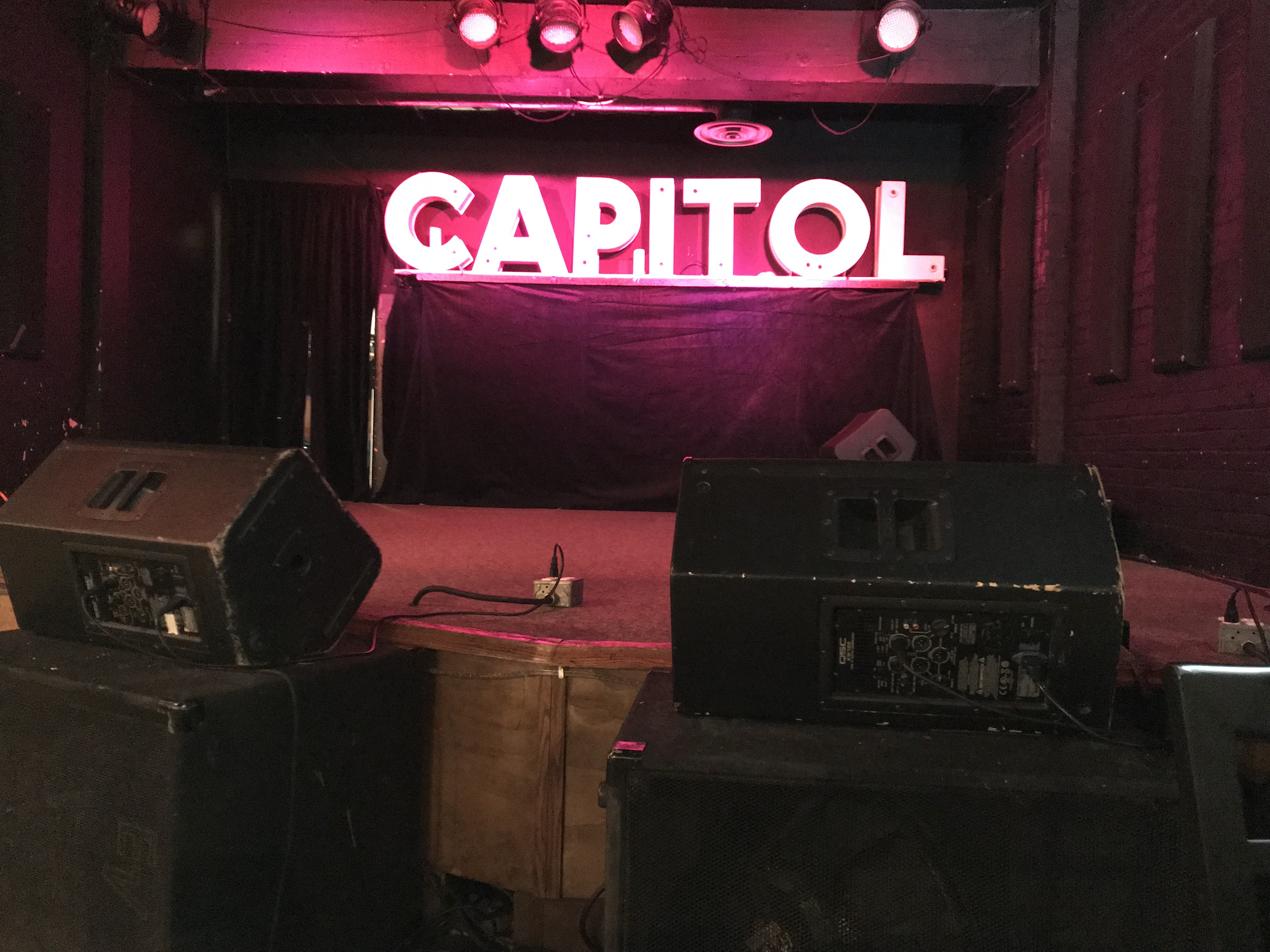
The City of Saskatoon has pledged to store the main collection of relics indoors "indefinitely."
CATHERINE KAMBEITZ (City of Saskatoon heritage coordinator): It's a very iconic building, in terms of its architecture and what it meant to people.
But some envision even more.
BILL DELAINEY (preservationist): It’s unfortunate that some of this is just a few pieces here and a few pieces there. It doesn't mean as much as if you had one [space] where you could say, “This is a kind of recreation.”
PEGGY SARJEANT: That's my dream. It would be publicly accessible. Where? We don’t know. But we’ve got some feelers out there.
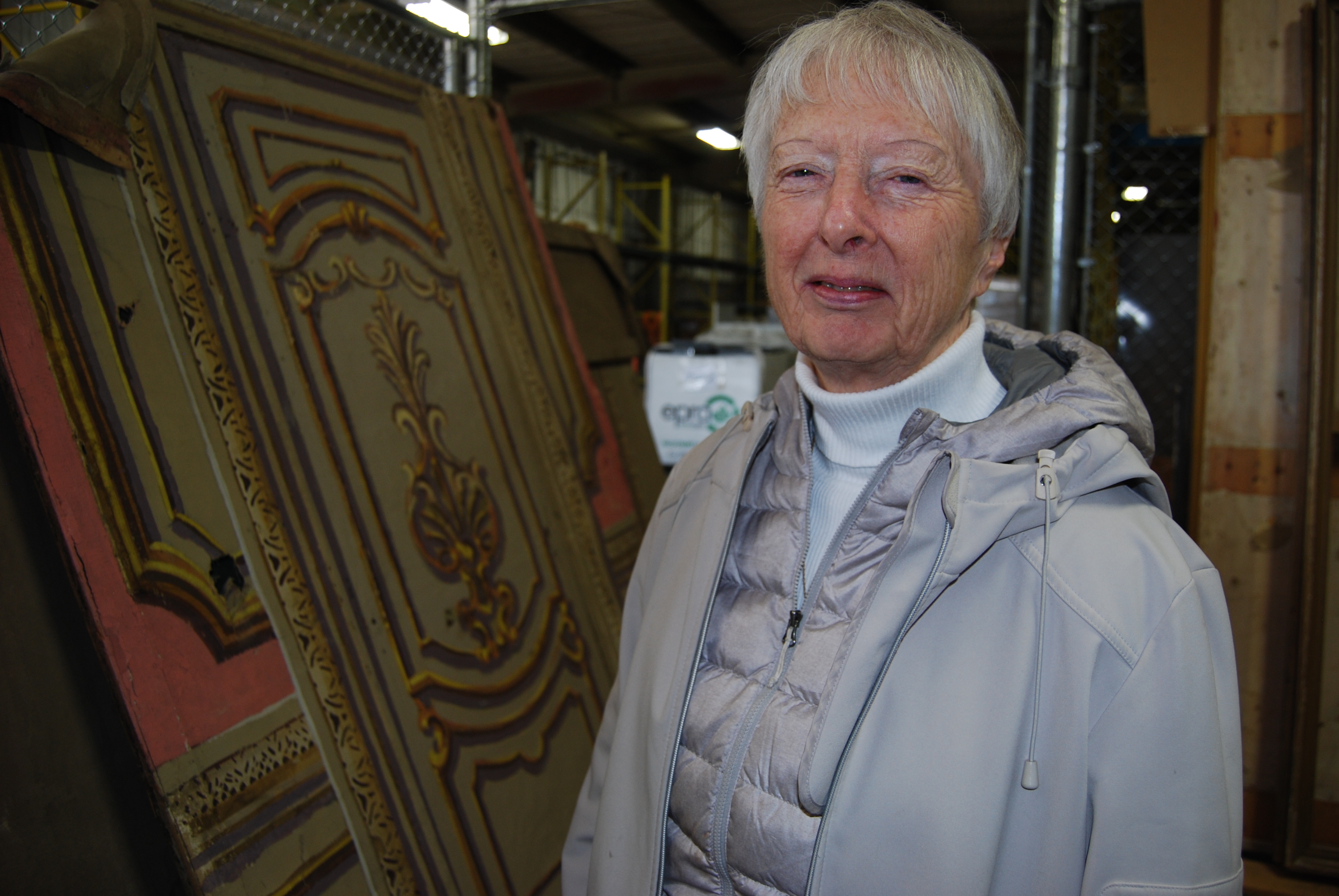
VERNA PERRY (moviegoer): I think it would be very difficult [to] do it justice, to really give people the feeling, if they hadn’t been [there].
ELAINE ZAKRESKI (councillor Peter Zakreski's wife): We've learned a big lesson from it. I think our conscience over time helps us to make different decisions. But I don't think there's anything that we should regret. I think we should move on and just learn.
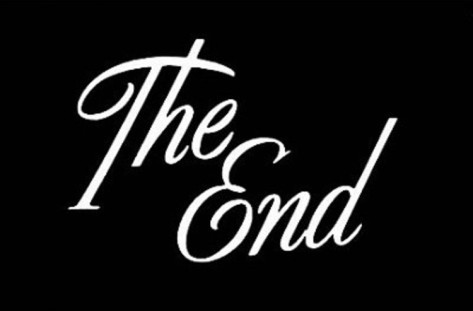
Revisit the Capitol's glory days in Act 1.
Listen below to a short radio documentary version of Act 3 - "Scattered Pictures."
